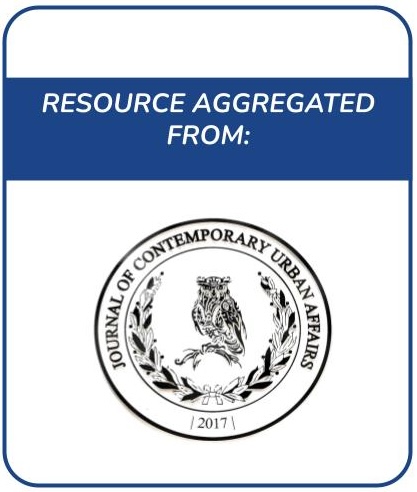Interactive Effects of Organic Fertilizers and Drought Stress on Growth and Nutrient Content of Brassica juncea at Vegetative Stage
With the ongoing climate change scenario and alarmingly increased land degradation, understanding complex interactions of drought stress and organic fertilizers on morpho-physiological traits and dynamics of nutrient concentration is pivotal for sustainable production leafy vegetables such as mustard (Brassica juncea). Thus, this study evaluated the effect of drought stress and organic fertilizers on B. juncea growth, physiology, and dynamics of nutrient concentration at the vegetative stage.




